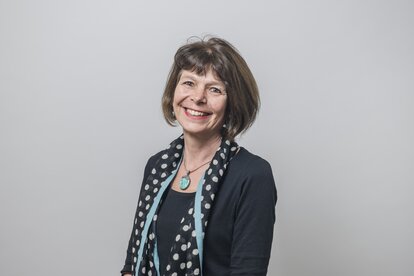A recently published multi-country study by researchers at ODI gives numbers to what we know intuitively from working directly with disadvantaged communities: that one form of disadvantage is strongly linked to another. It can nevertheless be useful to have macro level figures that prove this – guiding and justifying the targeting of interventions. In quest of inclusive progress, Amanda Lenhardt and Emma Samman examine women’s inequalities in education and health, and how these have changed over time, in 16 countries – eight ofwhich are ones in which we work (Benin, Bolivia, Burkina Faso, Ethiopia, Mali, Mozambique, Niger, Nepal and Peru). Their aim was to unpack the extent to which wealth, place of residence (urban versus rural), and ethnicity explain inequalities. It is no surprise that wealth explains a lot of inequality; perhaps, in fact, it is surprising that it does not explain more in some countries. In Mali, wealth explained around 20% of inequality in years of education; in Bolivia, it was 40%. What interested the researchers, though, was the effect of “intersecting inequalities”: wealth and ethnicity, wealth and location, or ethnicity and location. These combinations had different effects in different countries, but overall the clear conclusion was that together, wealth and ethnicity had the most significant effect. So if you are a poor woman from a disadvantaged ethnic group, the odds in human development are stacked particularly high against you.
The ODI paper happened to hit my computer screen just when I was going through the summarised definitions of disadvantage produced by our country programmes. Each programme team is required to discuss inequality and power relations, and determine a workable country level definition that can be used to guide the focus of interventions. Until recently, remoteness (in guiding the choice of geographical location of activities) was the most widely used targeting criteria, along with gender (in requiring engagement with women as well as men). We are now, however, aiming to be more precise – drawing to a certain extent from our experience in Nepal. Interestingly, the ODI paper shows that in Nepal, it is neither wealth nor location, but ethnicity – including caste – that is the greatest predictor of disadvantage, reflecting entrenched social hierarchies.
So what are our country programmes using as indicators of disadvantage? Some have clearly found it easier than others to settle on precise criteria; indeed in those countries with very diverse conditions, one definition may well not fit all. One pragmatic approach is to itemise various “predictors of disadvantage”, and classify an individual as disadvantaged if s/he fulfils a given number. For example, in Benin, the team defined predictors of disadvantage as having no access to education, to safe drinking water, to land (on a secure tenure basis), to finance (either credit or employment), living in what is categorised as a remote area, being a woman or a girl, and belonging to an ethnic minority. Individuals fulfilling three or more of these criteria are considered disadvantaged.
Many country programmes have taken both wealth and social criteria in defining disadvantage; thus in Ethiopia, the economically poor are defined as being landless; or (as farmers) having food security below six months; or an income of below US$ 1/day. Those included in the socially disadvantaged are women headed households; out-of-school unemployed youth; displaced people; differently abled people; HIV/AIDS affected people; and other minority groups.
Although ethnicity is often a good predictor of disadvantage, it can be a sensitive topic. It may not always be easy to determine (especially in populations in which there has been much intermarriage), whilst often what is crucial is minority status in a given area, rather than belonging to a particular group per se. Thus some teams preferred to avoid ethnicity as a criteria. Apart from team agreement over the definition, it is also the important to have local ownership and understanding of reasons for targeted interventions. Much more could be written on this – but it goes without saying that within “broad brush” definitions, local communities may have more nuanced and thought provoking observations (in Mozambique, one group of community members identified thieves as the most disadvantaged).
Whatever definition considered most suitable in the local context, the importance of course lies in tailoring our activities to ensure we reach the disadvantaged individuals concerned. This is really where the discussion begins, as it is not as easy as it might sound. But with the growing evidence of intersecting inequalities in human development opportunities, it is clear that we need to focus ever more precisely on reaching those who are being “left behind”.


